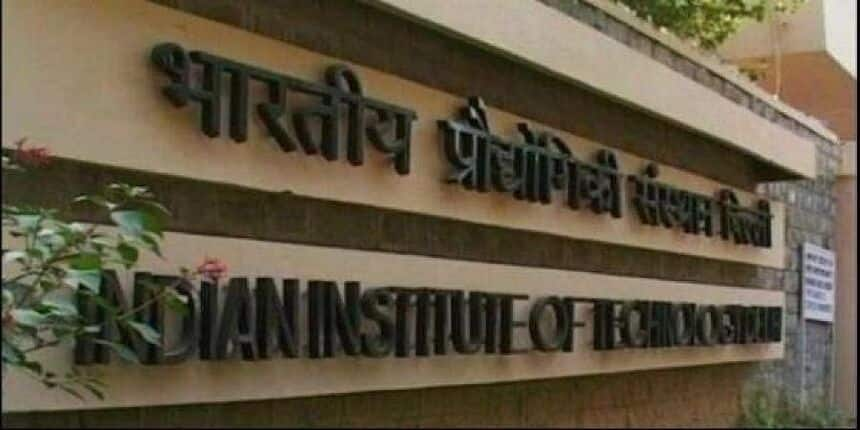IIT Guwahati develops portable device for Glycemic Index detection for diabetes management
Press Trust of India | October 21, 2023 | 09:58 PM IST | 2 mins read
This sensor can determine the GI of different food sources in real-time which is crucial for diabetes management.

NEW DELHI: Indian Institute of Technology Guwahati (IITG) has developed a portable, affordable and reliable device for detection of the Glycemic Index (GI) of different food sources, which is crucial for diabetes management.
Researchers led by Prof Dipankar Bandyopadhyay of the Department of Chemical Engineering developed the point-of-care-testing (POCT) prototype that can detect the glycemic index of common food sources in approximately five minutes.
ALSO READ I IIT JAM 2024 application form last date extended till October 25
''The need for a portable device that can immediately detect and guide the user about the GI of the food arises as the trend of fast food increases among the world's working population. This sensor can determine the GI of different food sources in real-time which is crucial for diabetes management'', Bandyopadhyay said.
The glycemic index or GI is a measure that ranks carbohydrate-containing foods based on how they affect blood sugar levels when consumed. High-GI food can cause a rapid spike in blood glucose levels, followed by a swift decline and these high-GI foods can stimulate an increased demand for insulin, contributing to the risk of developing type-2 diabetes. Importantly, low-GI food helps to prevent diabetes, heart disease, obesity, and cancer.
"We developed a composite nano enzyme by combining gold nanoparticles with alpha-amylase to break down long-chain starch molecules into simpler sugars. We found that this nanoenzyme of approximately 30-nanometer size has remarkable heterogeneous catalytic properties to rapidly degrade starch into maltose at room temperature'', Bandyopadhyay said while explaining the detection method.
The amount of maltose produced is then electrochemically detected to classify the food sources into Rapidly Digestible Starch (RDS) and Slowly Digestible Starch (SDS) along with Resistant Starch (RS), he said. "When we tested the device on fast foods like crackers, biscuits, chips, and bread, we found that crackers have the most RDS, followed by potato chips, and then brown bread'', he added.
The research findings have been published in the journal Sustainable Chemistry and Engineering by the American Chemical Society. Besides Bandyopadhyay, the paper has been co-authored by Prathu Raja Parmar, Jiwajyoti Mahanta, Saurabh Dubey and Tapas Kumar Mandal.
The researchers have also filed a patent real-time glycemic index sensor comprising enzymatic biosynthesized gold nanocomposite.
This research has been funded by the Indian Council of Medical Research (ICMR), and the Ministry of Electronics and Information Technology (MeitY).
Follow us for the latest education news on colleges and universities, admission, courses, exams, research, education policies, study abroad and more..
To get in touch, write to us at news@careers360.com.